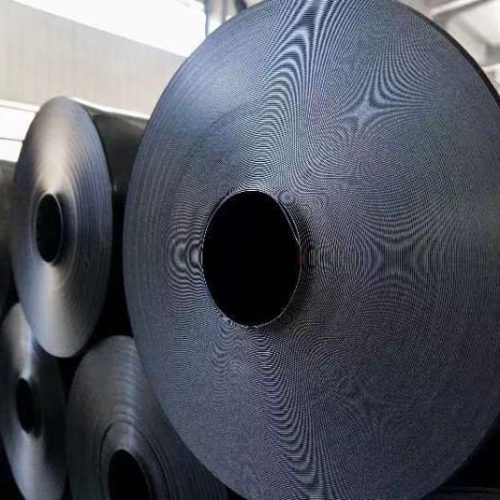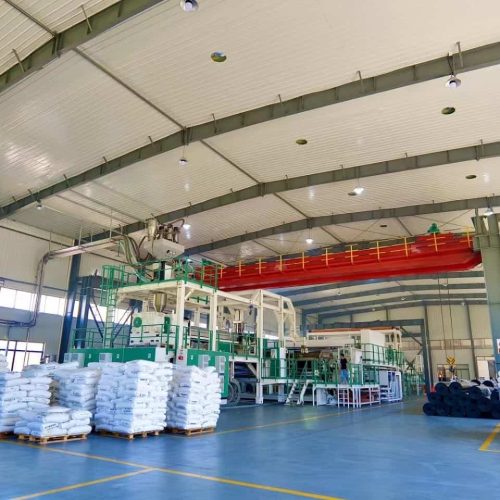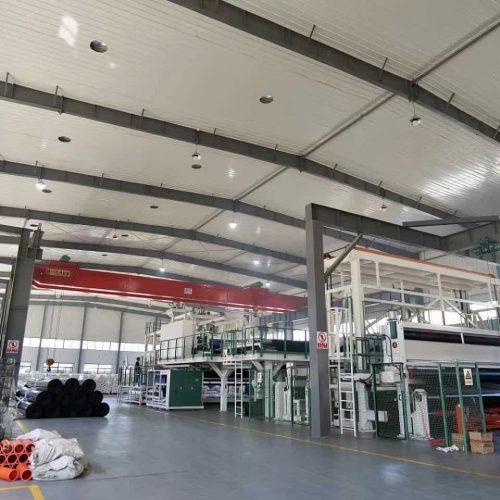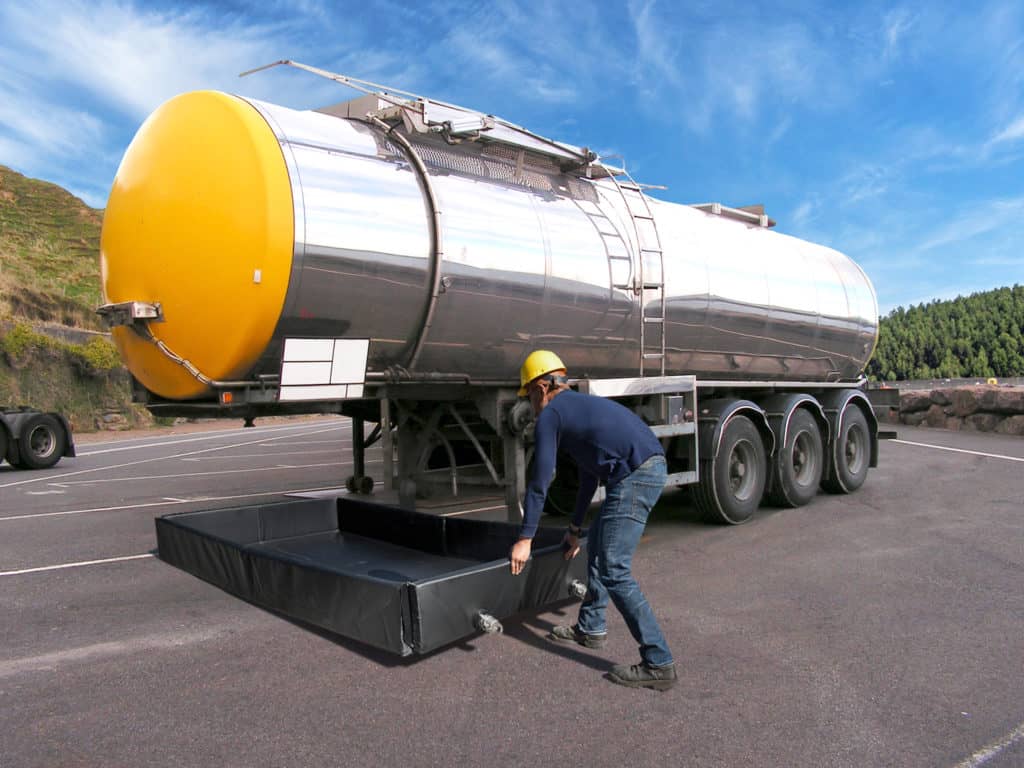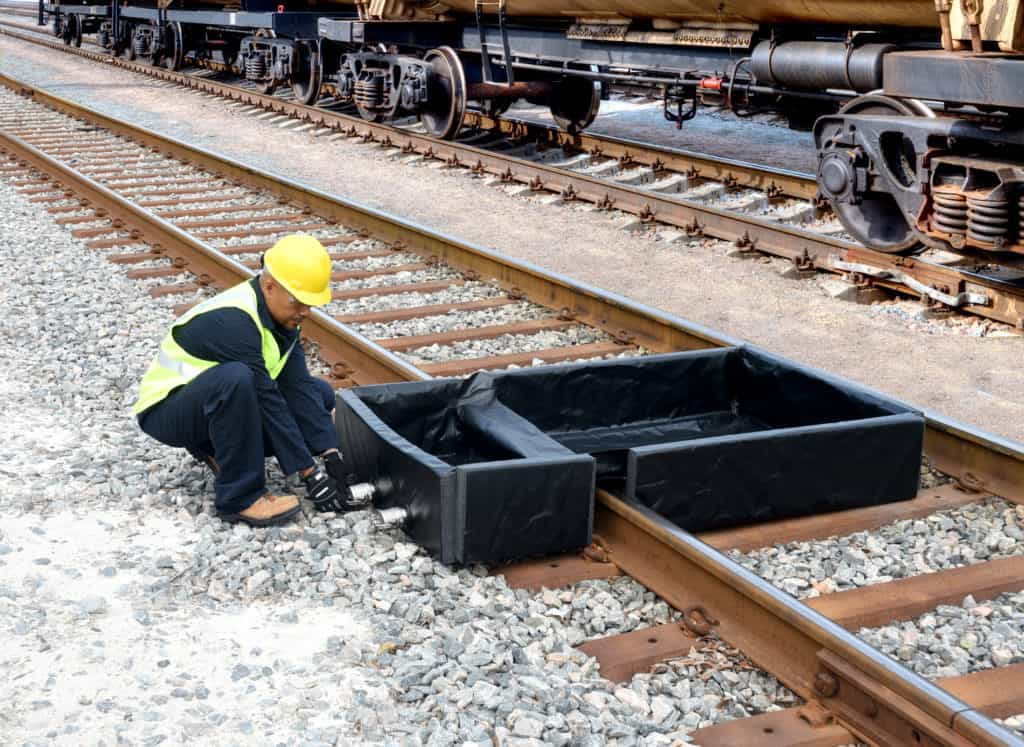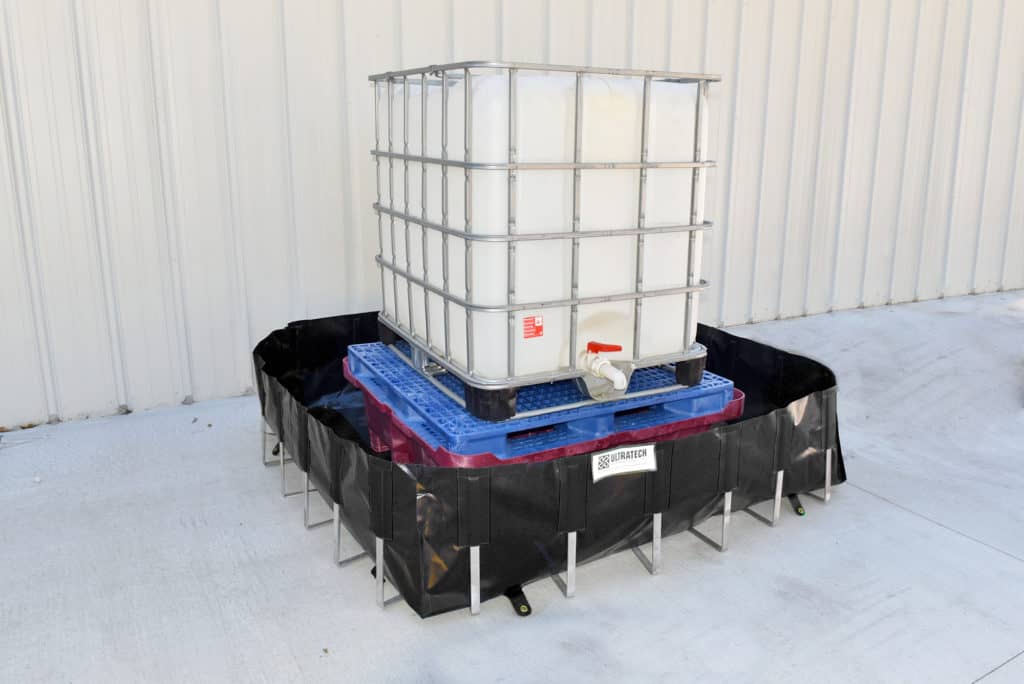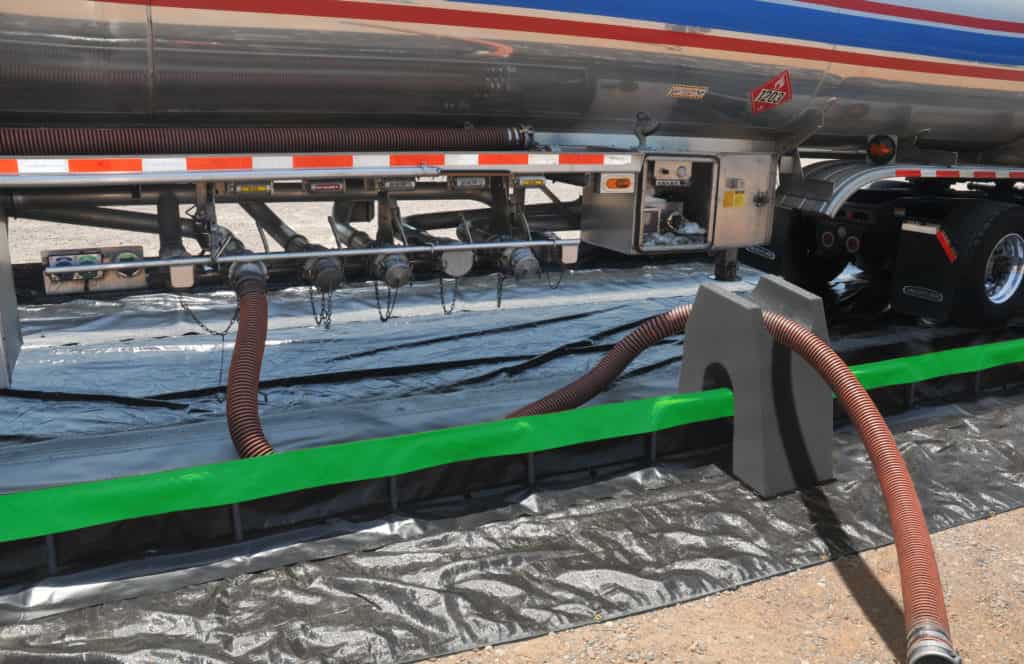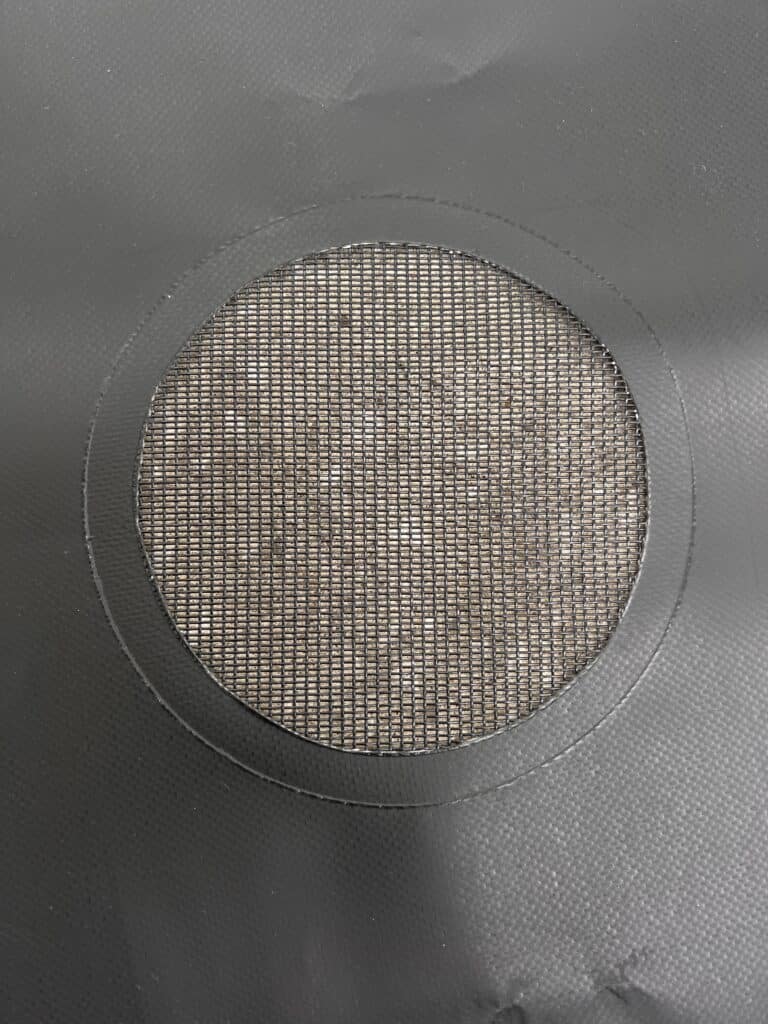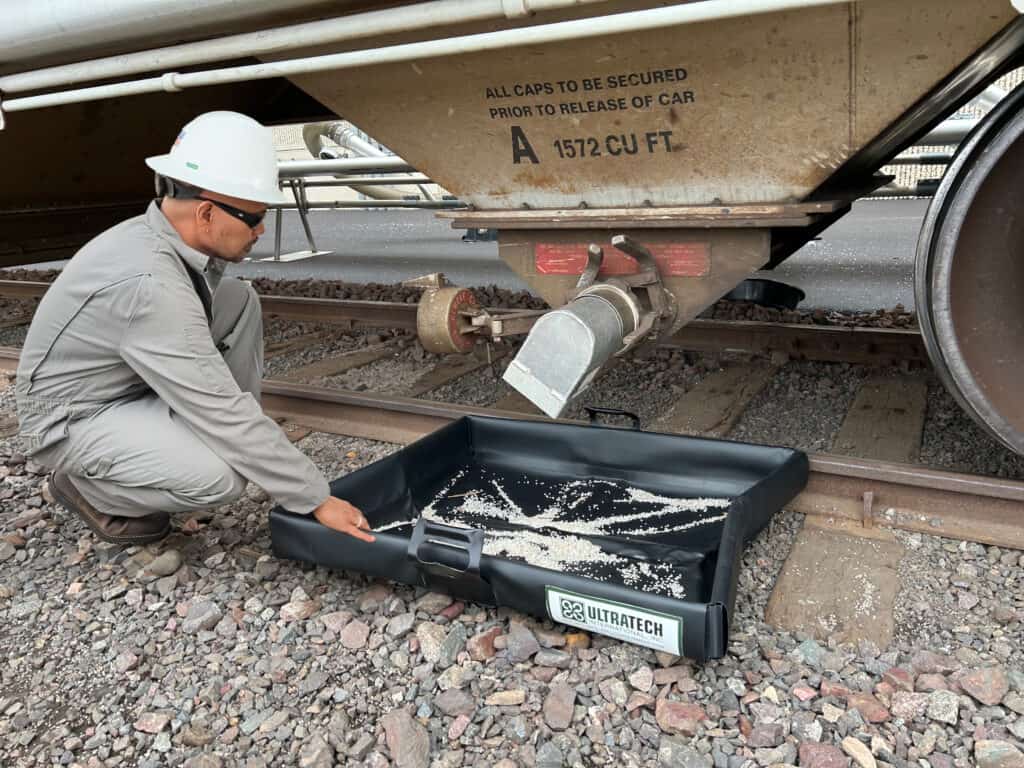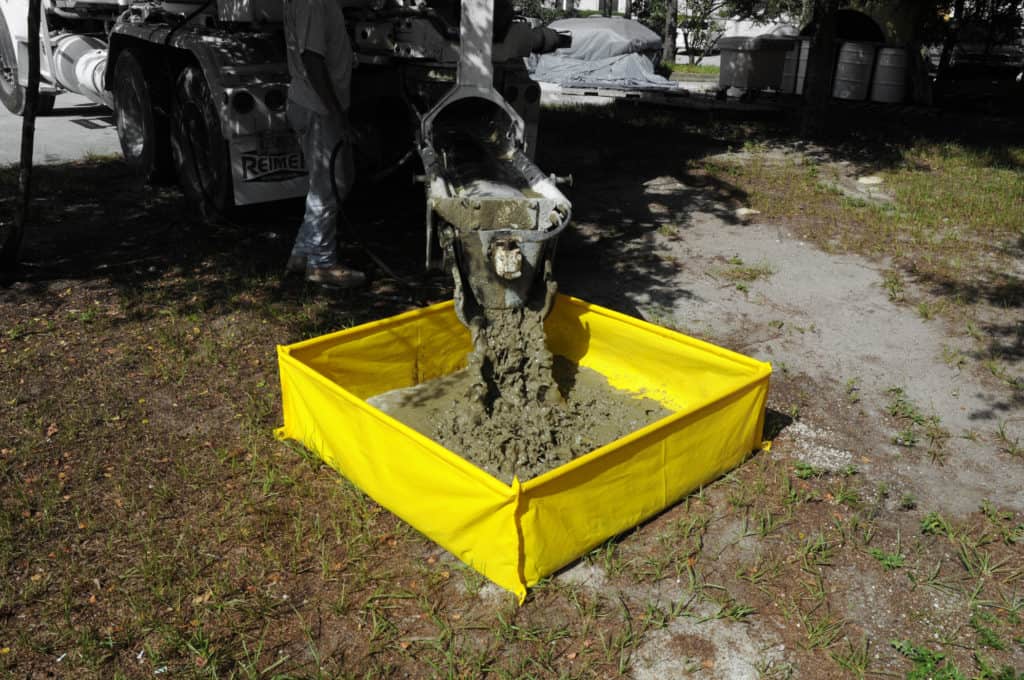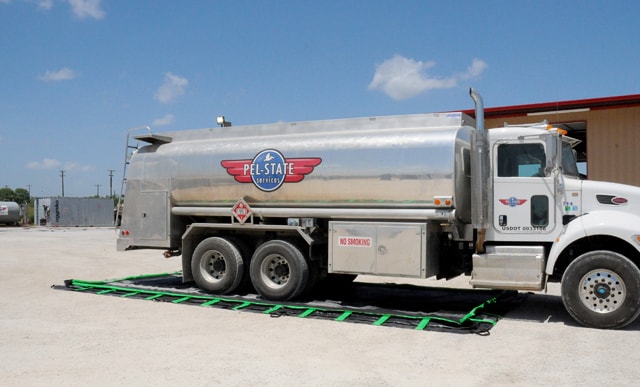A durable, flexible HDPE liner for a wide range of applications where anti-seepage is required
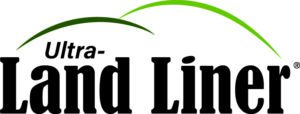 Ultra-Land Liner is a smooth high-quality high-density polyethylene (HDPE) geomembrane produced from a specially formulated virgin resin. This resin is specially designed for flexible geomembranes. It contains about 97.5% polyethylene, 2.5% carbon black, and a small amount of antioxidants and heat stabilizers, without using other additives, fillers, or expansion agents. It has excellent chemical resistance, mechanical properties, environmental stress cracking resistance, dimensional stability, and heat aging resistance, as well as excellent resistance to ultraviolet radiation, and is suitable for open-air environments.
Ultra-Land Liner is a smooth high-quality high-density polyethylene (HDPE) geomembrane produced from a specially formulated virgin resin. This resin is specially designed for flexible geomembranes. It contains about 97.5% polyethylene, 2.5% carbon black, and a small amount of antioxidants and heat stabilizers, without using other additives, fillers, or expansion agents. It has excellent chemical resistance, mechanical properties, environmental stress cracking resistance, dimensional stability, and heat aging resistance, as well as excellent resistance to ultraviolet radiation, and is suitable for open-air environments.
Geosynthetic liners are suited for a wide range of applications. The most common uses are in pits, ponds, wastewater treatment, tanks, basins, sumps, foundations, landfills, canals, secondary containment walls or berms, water reservoirs, lagoons, leach/processing pads, and leak detection and collection.
NOTE: Unless otherwise noted, all listed product measurements are L x W x H, outside dimensions, and for a single unit where quantity is more than one.
Frequently Asked Questions
-
The life expectancy of our liners is dependent upon the environment where they are used. High temperatures, chemical exposure, constant loads, and adverse site conditions will reduce the life of the liners. In applications where the Land Liner is buried, such as a solid waste landfill, the life expectancy can be up to 200 years. However, in an exposed application, such as a floating cover, the life expectancy can reach 20 years.
-
From a practical application and engineering perspective, chemical compatibility means that a liner will not fail due to chemical exposure, although it is possible the chemical may have some effect on the liner material. Ultra-Land Liners provide a high degree of chemical resistance to a wide range of chemicals. A chemical compatibility list is available upon request.
-
Yes, because they have been treated with a UV inhibitor, known as carbon black.
-
You can install the liner yourself. However, liner installation is a specialized skill and the manufacturer’s warranty is voided if the liner is not installed by a certified installer.
-
Geosynthetic liners are suited for a wide range of applications. The most common uses are in pits, ponds, wastewater treatment, tanks, basins, sumps, foundations, landfills, canals, secondary containment walls or berms, water reservoirs, lagoons, leach/processing pads and leak detection and collection.
-
Ultra-Land Liners are resistant to root penetration. However, some vegetation, such as nut grass, can penetrate a liner with a thickness of less than 12 mil. We recommend that subgrade soils be prepared and free of roots and other organic materials to mitigate such problems.
This product may not address any specific regulations but if you have any questions, we’re here to help.
